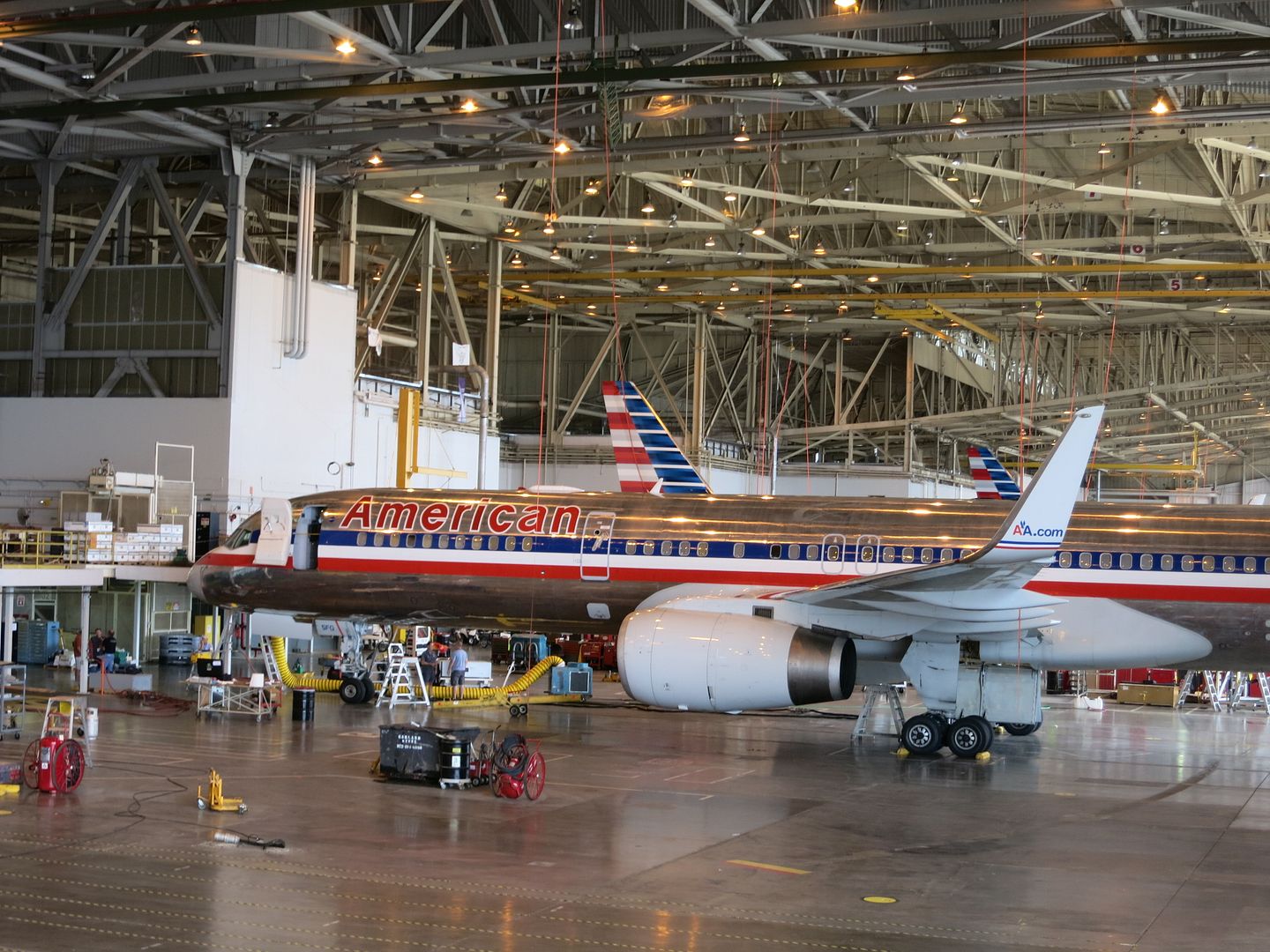Keeping track of aircraft is hard. Three years ago American Airlines flew the wrong plane to Hawaii. The aircraft they flew wasn’t certified for extended overwater operations. There wasn’t actually anything unsafe about the decision, but it didn’t match the minimum equipment required. The airline simply dispatched the wrong aircraft by mistake.
Now comes word that American kept leased aircraft beyond the expiration date of their agreement according to a lawsuit filed by Wells Fargo in the Southern District of New York.
According to the suit three planes were returned “49, 45 and two days late.”
While American had asked for, and was granted, extensions on two of the leases, the airline held on to the aircraft past the agreed-upon dates without asking for additional extensions. In December 2017, the bank demanded $883,334 for the holdover period and an additional $100,000 in contractor fees which were caused by the delay. American refused to pay.
…American told the bank that they were retaining the aircraft to bring them into compliance with the return conditions specified in the leases.
Each of the aircraft has a market value of over $15 million and were leased to the airlines for a monthly rate of $250,000.

There’s no truth to the rumor, though, that unclaimed Boeing aircraft sitting in Malaysia belonged to American or its lessors. Indeed, American didn’t actually lose a Boeing aircraft the way Pakistan International Airlines did.
Wells Fargo says American took the position that they could keep the leased planes at no extra cost for as long as it took them to bring them up to the return condition specified in the agreement. Wells disagrees, and contends that the planes should have been kept or returned to that condition by the end of the lease — taking whatever maintenance steps were necessary in anticipation of the lease expirations.
Contra media coverage the aircraft were not leased to American “during the fall of 2017.” These are 3 Boeing 767s registration N374AA, N7375A, and N376AN. The airline rejected leases for the planes during bankruptcy and re-leased them at a discount in July 2013. The leases ended last summer and fall.
American apparently paid for some extensions of time with the planes for maintenance purposes, but then simply retained them and refused to pay for additional time – during which Wells claims they lost the ability to earn a return from others on the aircraft and during which time they incurred costs for on-site recordkeeping and monitoring.
Interestingly the airline claimed to settle a collusion lawsuit for $45 million just because going to court is so expensive but they’ve allowed this suit to reach federal court.
The case is Wells Fargo Trust Company, N.A. v. AMERICAN AIRLINES, INC. case number 1:18-cv-05477. A copy of the complaint can be found here (.pdf).


This doesn’t sound like AA had trouble knowing where the planes were. It sounds like an old fashioned dispute over contract language.
Why a picture of a 757 undergoing maintenance when the aircraft at issue were 767s?
If AA thinks it’s a good idea to retain leased property past the return date then I should be safe doing that with my leased car!
“49, 45, and 2 days late”… How long does it take AA to return a plane to a condition suitable for the lessor to receive it? I assume it was in service, flying with customers on board, before the lease expired. It should have been ready to return to the bank at that point. The $900,000 amount is about the pro-rata amount that the bank was charging for three planes at $250K/month, so AA clearly will have difficulty arguing that WellsFargo is unreasonable on the fee.
AA should have asked for the extension and kept flying them if needed. Or, more likely, there had too much leg room and AA saw no reason to keep them in service.
BS like this is how lawyers send their kids to college. Keep up the good work American.